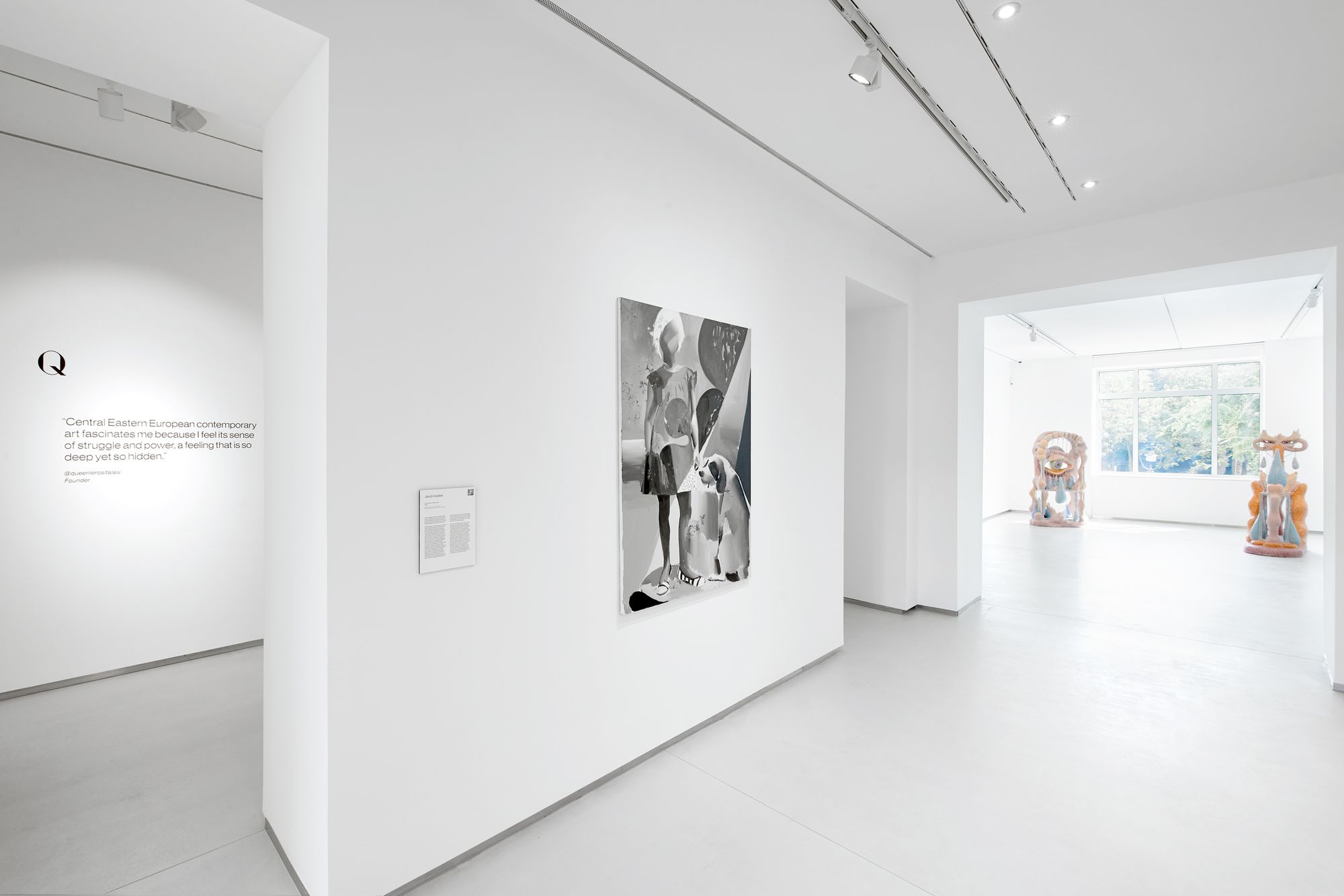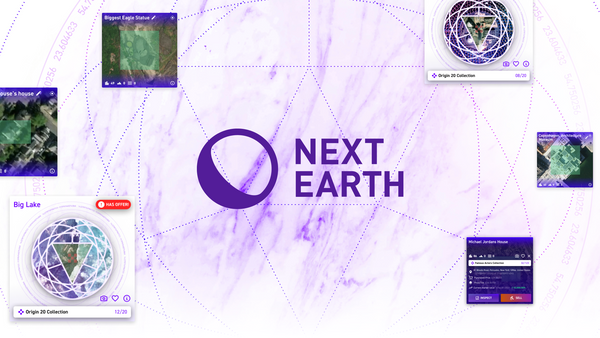The inaugural exhibition of Q Contemporary, a private museum in Budapest, opened on 21 September 2021. But what is Q Contemporary? What is its purpose and how does art from Central and Eastern Europe relate to the Far East? This is what we have been looking into.
Written by Kinga Hamvai
“Forget it, we can’t afford it.” The opening piece of the exhibition, a neon sign, is the work of Bulgarian artist Kamen Stoyanov, who displays the familiar-sounding phrase we have heard and still hear so often in Central and Eastern Europe. Stoyanov happened to overhear the quoted phrase at an international art fair, whispered by a collector to his wife about one of the artworks. The contrast between the resignful message and the advertising form perfectly illustrates the sense of life in Eastern Europe, revealing the tension between the desires and opportunities of the collector class socialized behind the Iron Curtain.
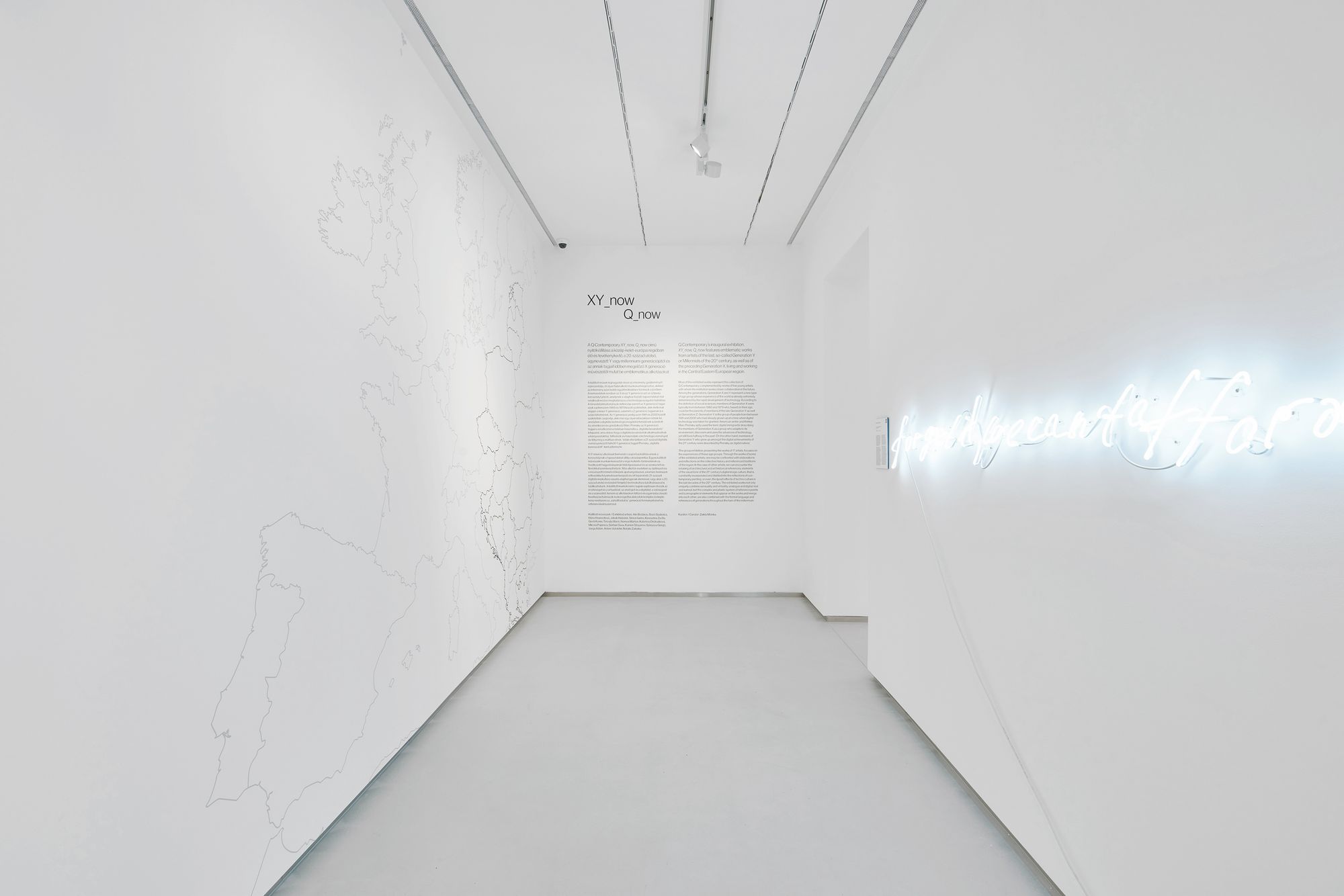
Two weeks later, on 5 October 2021, the latest contemporary art market report based on auction data was published by the market research firm Artprice. Among others, it shows that turnover in Hong Kong has nearly tripled (+277%) compared to the previous year. Furthermore, China (Greater China—including Hong Kong and Taiwan along with Mainland China) accounted for 40% of the global art market turnover, making the Asian region the leader in the contemporary sector, ahead of the US.
The juxtaposition of these pieces of news covering two distant locations and reflecting opposite realities is justified by the fact that the founder-owner of the Q Art Group and its umbrella museum Q Contemporary is Queenie Rosita Law, who was born and lives in Hong Kong. But let’s not rush off to Hong Kong, let’s stay in Budapest and take a look at the new institution.
Collections
Queenie Rosita Law visited Central and Eastern Europe while she was still a student in London, and discovered the inspiring diversity of the region stretching from the Balkans to the Baltic. Later, she began investing in Hungary, purchasing among others the Rausch Villa on Andrássy Avenue, the former Gold Museum. The building, renovated and converted into a white cube space, now houses Q Contemporary.
The collection is based on Law’s private collection, which she started developing in 2017. During her travels, she visited ten countries, accompanied by Eszter Csillag, the museum’s artistic director, and Blanka Szalay, the museum’s cultural programs and exhibitions manager. On the recommendation of local curators and experts, they visited a number of artists in their studios and collected available catalogues and literature. This research provided the professional background for the collection
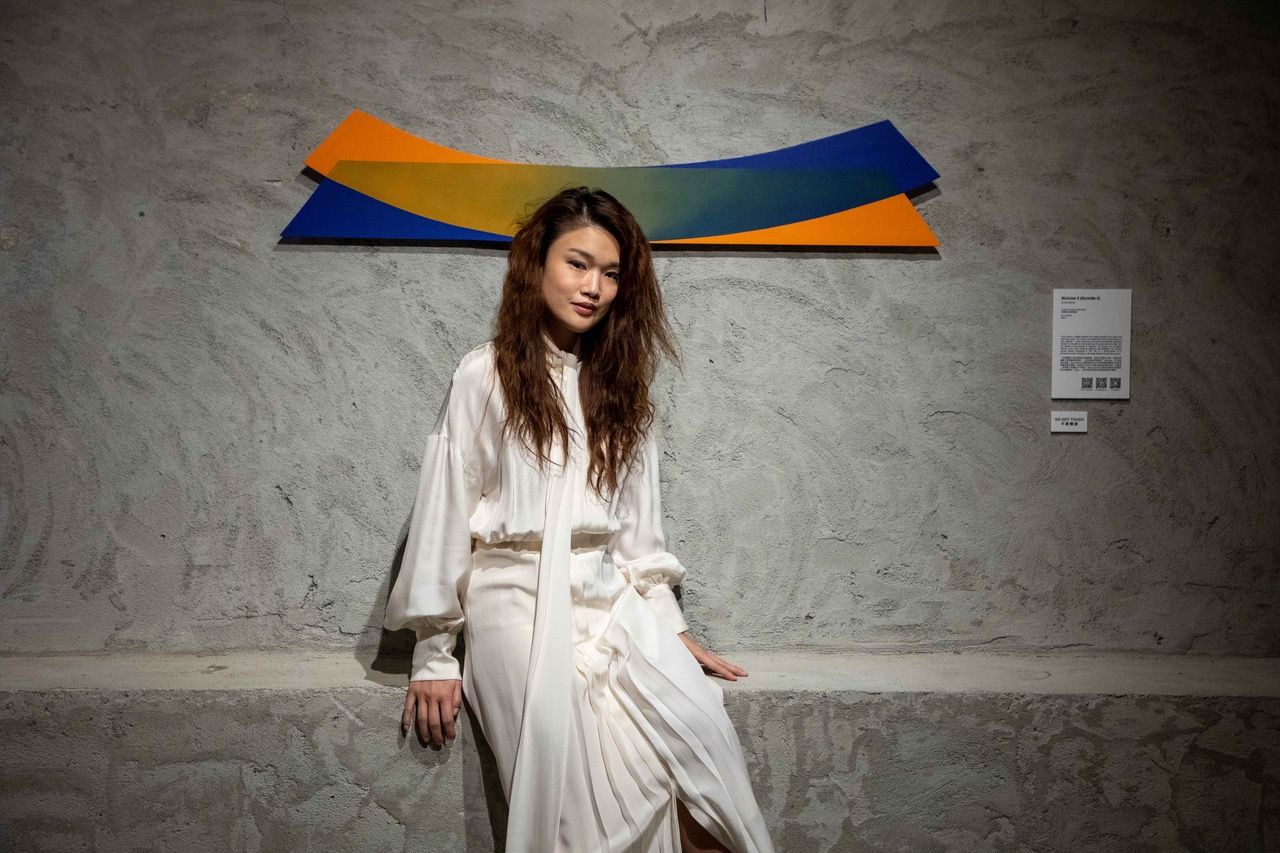
“Then I started to visit the various countries with the goal to meet artists and visit their studios. I was inspired by their struggle and talent and I realized there isn’t one place in the region to see all their art together under one roof. This is what inspired me to establish Q Contemporary four years ago in 2017. Art in Central and Eastern Europe has become an absolute passion for me,” says Law.
From the perspective of Hong Kong, one country would be too small, but the region of seventeen countries is large enough to be understood as a cultural, historical, political and geographical entity, despite its differences and diversity. In this way, the collective history of the region can be communicated through one narrative—the post-communist past. The collection now comprises eighty to one hundred pieces, representing several generations from the 1960s to the present day. It is currently distinguished by names such as Wanda Czełkowska, Ilona Keserü, Đorđe Ivačković and Mira Brtka, but there are also lesser-known names alongside the now star-artists. One of the museum’s main ambitions is to give visibility to these artists outside the region. In line with these aims, Q Contemporary has curated two exhibitions outside the region before the museum opened in 2021.
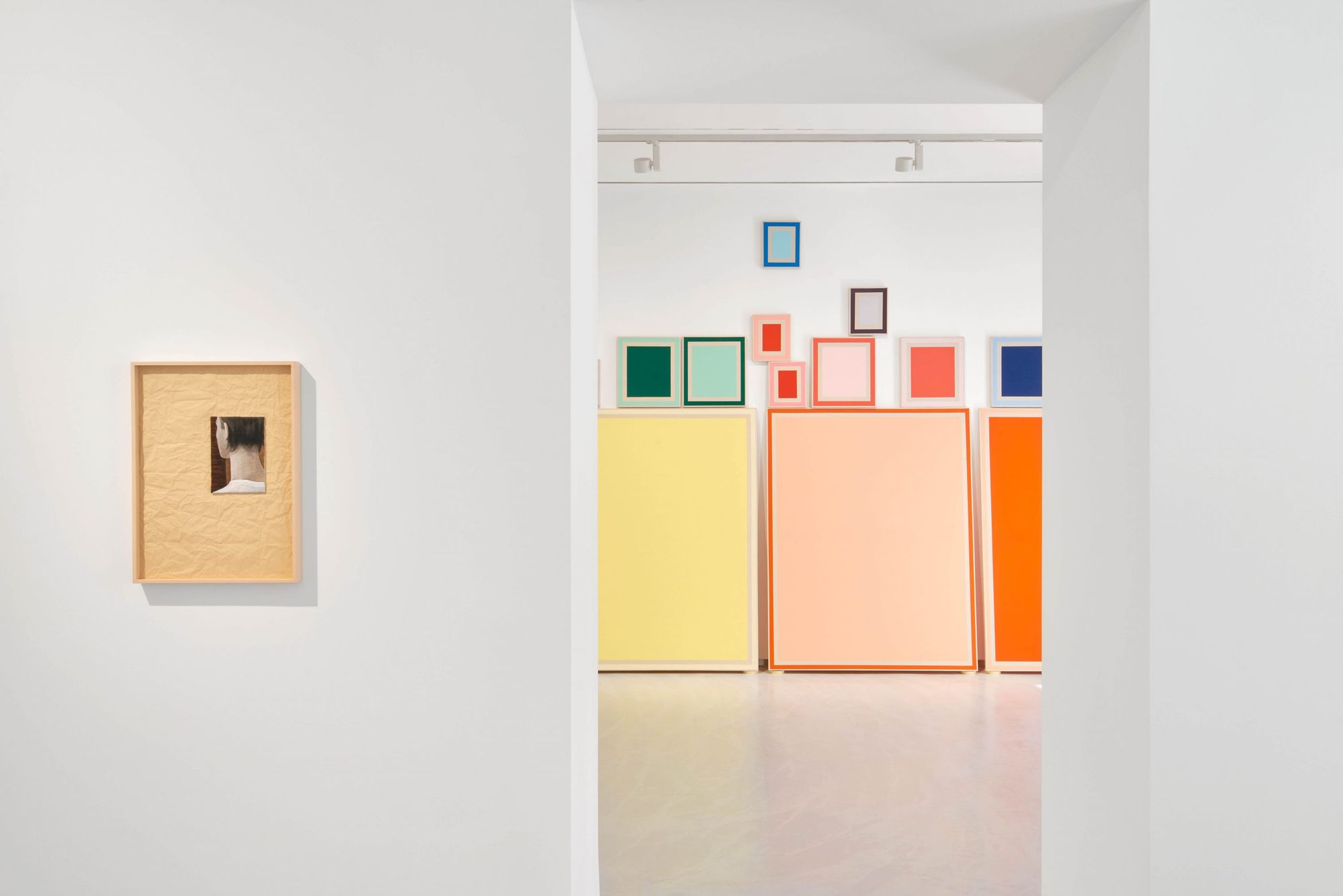
London and Hongkong
Q Contemporary held its first exhibition in London in October 2019 as a satellite event to the Frieze fair, titled “Under the Radar: Contemporary Masters from Central & Eastern Europe”. Among the artists featured were Dóra Mauer, Ilona Keserü, Stanislav Kolíbal, Wanda Czełkowska.
The second exhibition, “Tracing the Fragments”, was organized in collaboration with the K11 Art Foundation in Hong Kong, in January-February 2020, to promote the region’s art—little known for historical and social reasons—in Hong Kong and globally, and to foster cultural dialogue between artists from East Asia and Eastern Europe. The exhibition also featured renowned Asian artists such as Wang Gongxin, Chen Han and Rirkrit Tiravanija.
The reaction of the public in both London and Hong Kong was similar: although they had little previous knowledge of the region’s art, here they were confronted with excellent works by unknown artists displayed on the walls.
Budapest
The success of the aforementioned 2020 exhibition, which exceeded expectations, has meant that the collection’s highlights—from the generation of artists of the 1960s and 1970s—have remained in Hong Kong. Q Contemporary’s opening exhibition was therefore curated with generational considerations in mind, in addition to geopolitical specificities. Mónika Zsikla, the institution’s chief curator (who will also curate the Hungarian pavilion at the Venice Biennale in 2022), focused on the experiences of younger members of Generations X (1961-1980) and Y (1981-2000), reflecting on the region’s historical and architectural cultural situations and concepts. The joint exhibition of seventeen artists, presenting contemporary tendencies in figurative painting as well as in abstraction, offers an insight into “former socialist societies rebuilt on the ruins of communism”. The exhibiting artists are Ali Bozbiciu, Szabolcs Bozó, Klára Hosnedlová, Jakub Hubálek, Simon Iurino, Zsófia Keresztes, Genti Korini, Tincuţa Marin, Márton Nemes, Kateřina Ondrušková, Mircea Popescu, Șerban Savu, Kamen Stoyanov, Gergő Szinyova, Ádám Varga, Artem Volokitin, Natalia Załuska. The exhibition also reflects the museum’s longer-term goals and the way it operates: five of the seventeen works on show are not part of the collection, but represent works by artists with whom the institution plans to collaborate in the future.
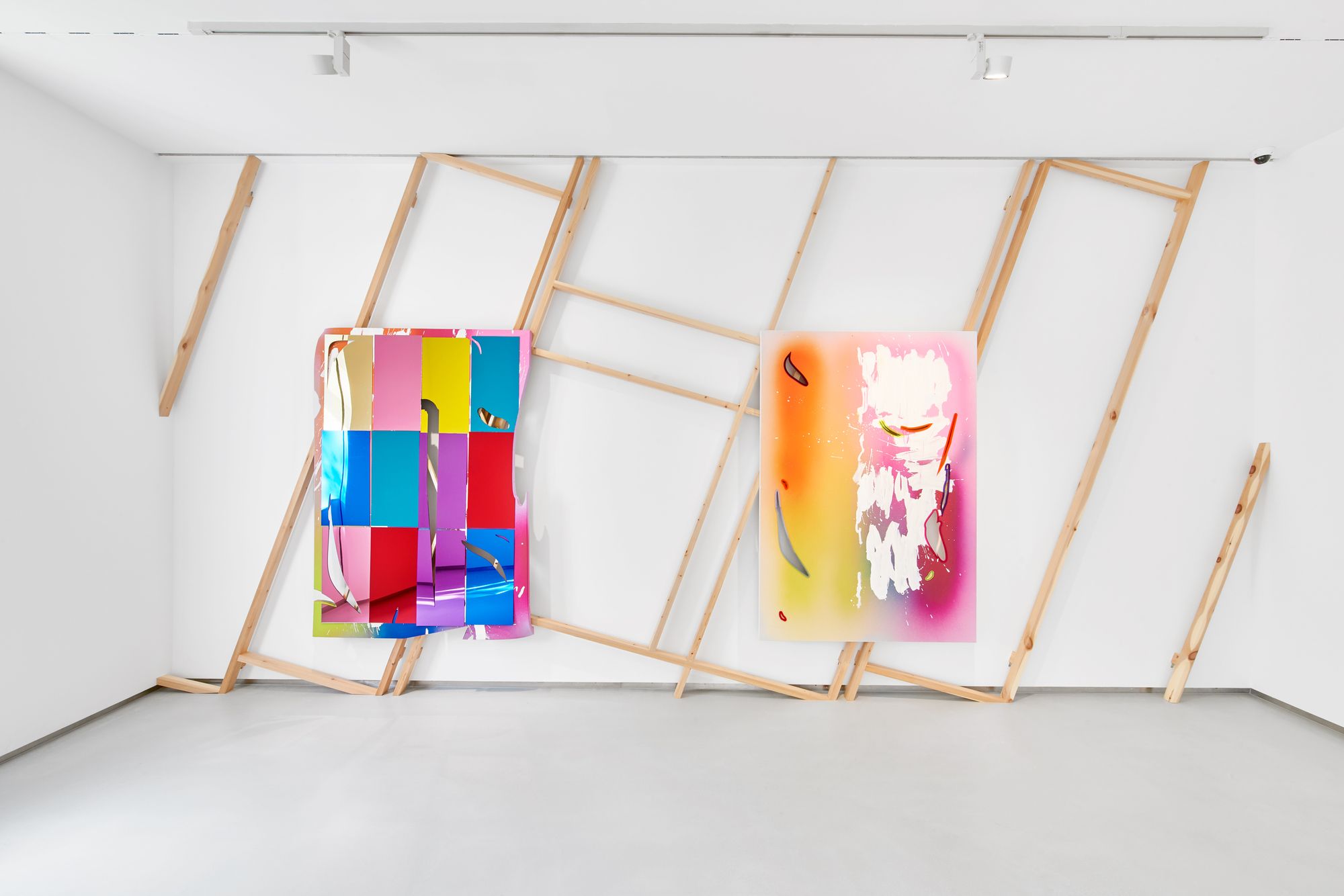
Education
In Hong Kong, art education is not part of the primary school curriculum, and some parents explicitly forbid it, as art is not a money-making activity. Unlike her less fortunate peers, Law has been allowed access to art by her parents. This personal motivation is one reason why education is an integral part of Q Contemporary’s programs. For example, a series of webinars linked to the Hong Kong exhibition was held during the pandemic, and a museum education program brought together Hong Kong and Budapest students aged between 13 and 16 in virtual space. Another aspect of the educational activities is to reach out to art collectors and other professionals and to raise their interest in the artists of the region. A series of talks and lectures, in collaboration with Hauser & Wirth and Christie’s Education, also focused on contemporary women artists from Central and Eastern Europe, such as Geta Bratescu, Alina Szapocznikow and Rita Ackermann. Following the opening of the museum in Budapest, Q Contemporary’s colleagues are now hosting university groups for guided tours and professional talks—in real space.
Double Q
The other institution of the aforementioned Q Art Group is the Double Q commercial gallery, which is scheduled to open in Hong Kong this December and will also represent mainly Central and Eastern European artists, but with a focus on young and emerging artists. This will certainly fill a long-standing gap in the market: as the pieces of news mentioned at the beginning of this article show, there is currently a very strong demand for contemporary art in Hong Kong. At the same time, Art Basel Hong Kong, the most important art fair in the Asian region, rarely features any galleries from the Central and Eastern European region, as the overall cost of participation is very high for them. On the other hand, the art scene in the CEE region is severely under-resourced, and its socio-political development has not yet created a pool of art collectors with the capital to sustain it. This is one of the reasons why, although the region’s artists are excellent, they are not very visible on the international scene. Some art historians, however, argue that the strength of these works, unlike their Western counterparts, lies precisely in the fact that they were not produced in response to market demands (which did not exist at the time of the Iron Curtain). In conclusion, it is hoped that this excellent initiative by Double Q will bring together East Asian demand and Central and Eastern European supply.
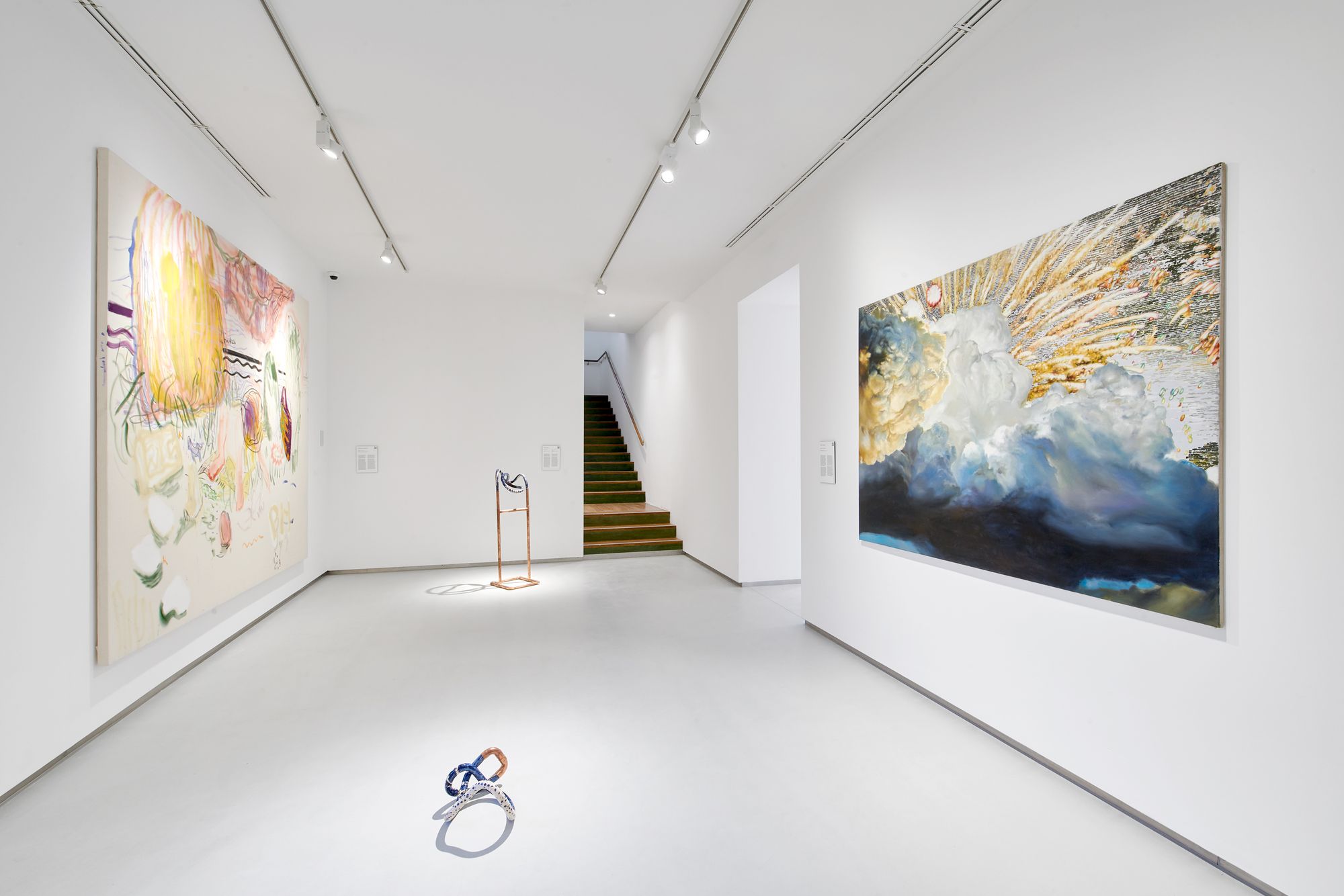
Cultural relations
Q Art Group’s activities can also be seen through the lens of cultural diplomacy. According to the relevant literature, it is precisely the building of cultural relations by informal actors such as (private) museums that leads to more effective cooperation than state-initiated and funded programs. Since the Q Art Group is a private initiative, it is also an indirect form of cultural diplomacy between the two regions. These links could be further strengthened by the planned residency program. In the framework of the program, Chinese and Central and Eastern European artists will be hosted in Budapest, where they will be introduced to the region’s specificities, history and contemporary scene through various museum and studio visits.
The similarities in the post-war political regimes, deficit management, censorship and surveillance of China and most of the Central and Eastern European countries can also help to foster dialogue between the two regions, East and East.


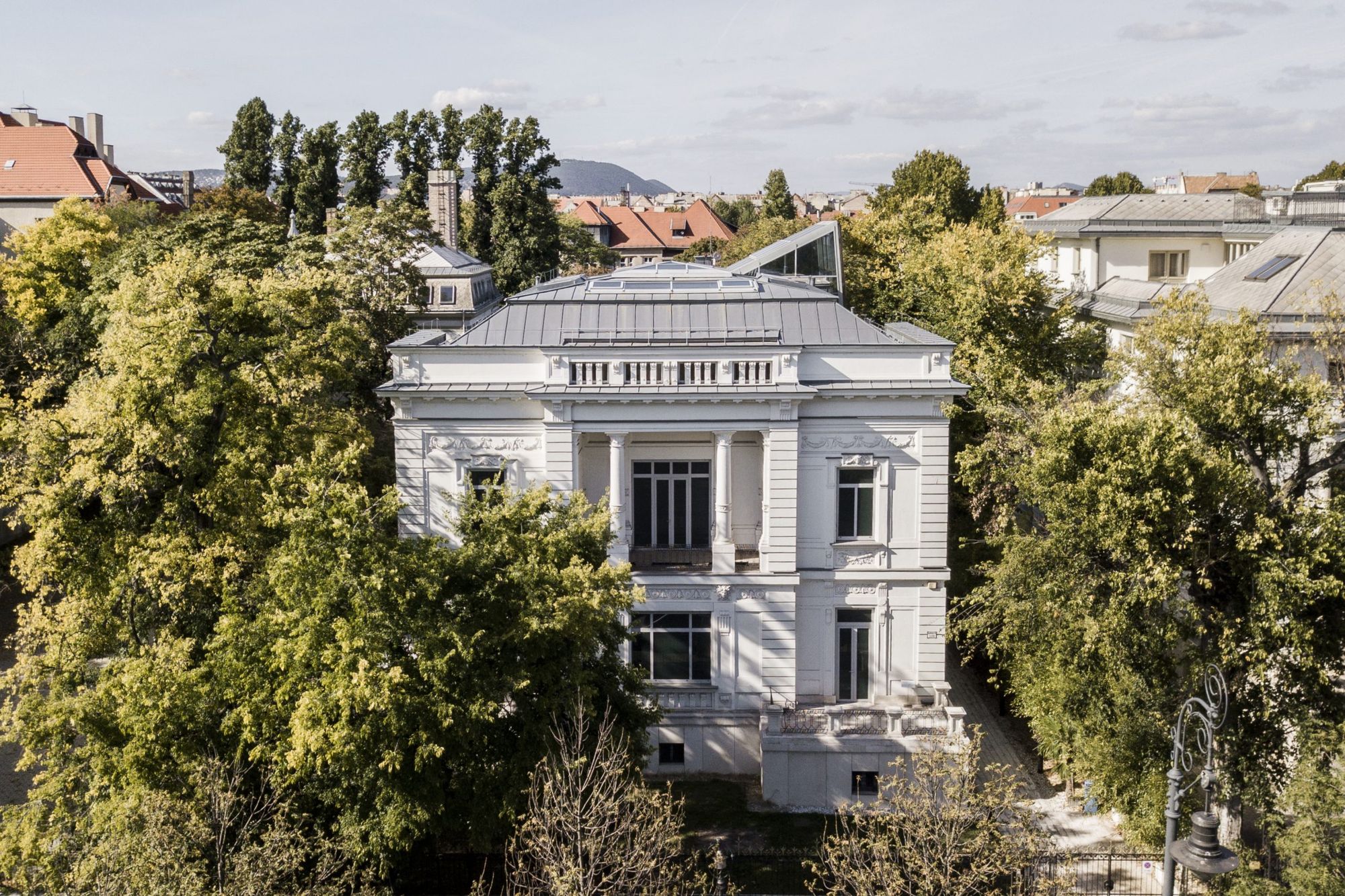
Photos by courtesy of Q Contemporary.
Portrait photo: Vincent Tsang. Courtesy of Q Contemporary and K11 Foundation.
Interior photos by Benedek Regős










